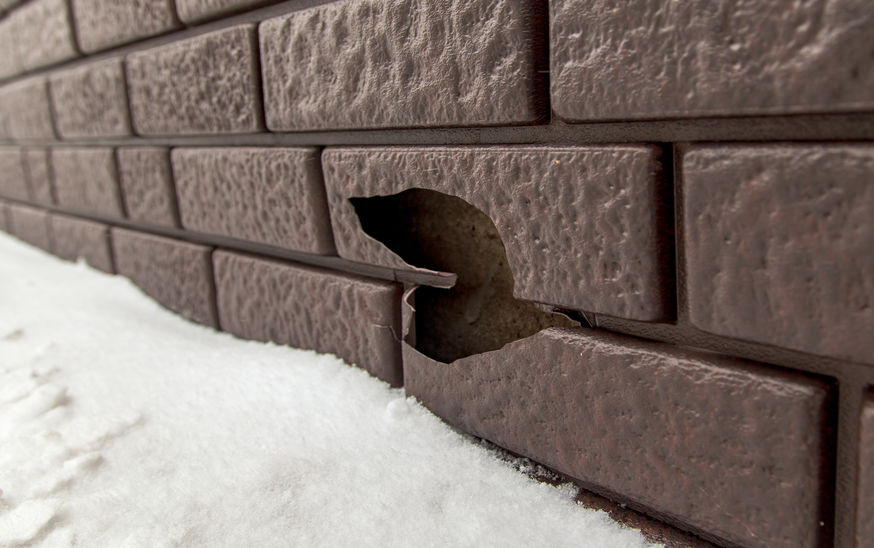
But when is the right time to replace your siding? Will it hurt to wait a couple of years, or perhaps it’s already overdue?
- The siding is visible rotting, chipping or crumbling
When rot is visible in your siding, something definitely needs to be done. But just because you notice rotting or crumbling in one area of your home’s siding does not mean that the whole house requires new siding. In some cases, it’s possible to repair areas of siding, and address underlying issues (such as gutter leaks) that may have caused this particular area to deteriorate.
- There is mold or mildew on large areas of the siding
The presence of mold or mildew on your siding can be symptomatic of a larger mold invasion – so this possibility definitely needs to be ruled out. But in some cases, certain types of siding are susceptible to mold and mildew, and they begin to show signs of infestation. This is one problem that needs to be taken care of the right way, since mold can spread and cause innumerable problems through the interior and exterior of the home. When it comes to moldy siding, it may be a sign that it’s time to strip it down and replace it.
- You notice cracks, holes, warped pieces, and other imperfections
When you notice these types of flaws in your home’s siding, you might be tempted to think that it’s nothing more than an aesthetic issue. This isn’t the case – the functionality of your siding (and your home in general) could be at risk. When there are gaps in the siding, moisture and wind are able to penetrate into the walls, which can lead to many structural problems. There is also a risk of pests (such as ants, termites, wasps, and so forth) taking up residence inside the walls, due to gaps and imperfections in the siding.
Only work with a reputable siding professional
When it comes time to replace you siding (and that time will come eventually for every homeowner), you’ll find no shortage of contractors willing to offer their services. It may be tempting to save a buck and hire someone who isn’t even a legitimate siding contractor, but there are several reasons why that’s not a good idea. Insurance is a big one. When a siding contractor isn’t licensed and insured, the homeowner could be liable for any accidents or mishaps that occur during the work process.
Being able to rely on a work warranty is another reason to go with a licensed and reputable business. The materials you purchase will be under manufacturer’s warranty, but you’ll also need a work warranty in case anything goes wrong as a result of imperfect workmanship.
Finally, it’s better to go with a qualified siding installation professional for the simple reason that the quality of installation, and the entire customer service process, will be on the highest possible level.
